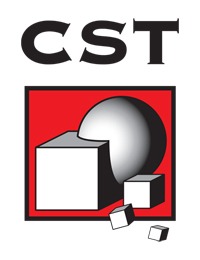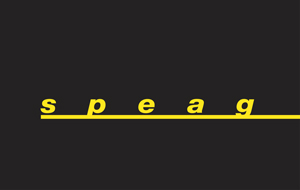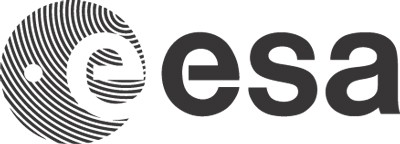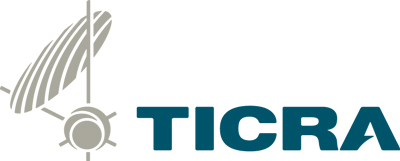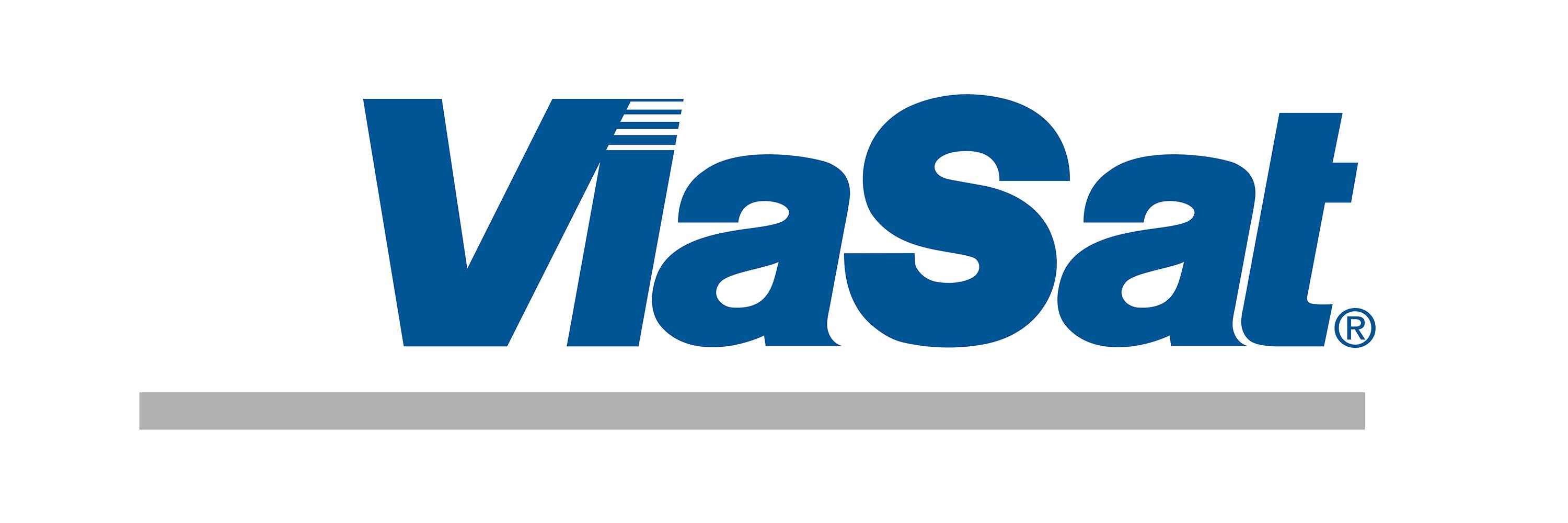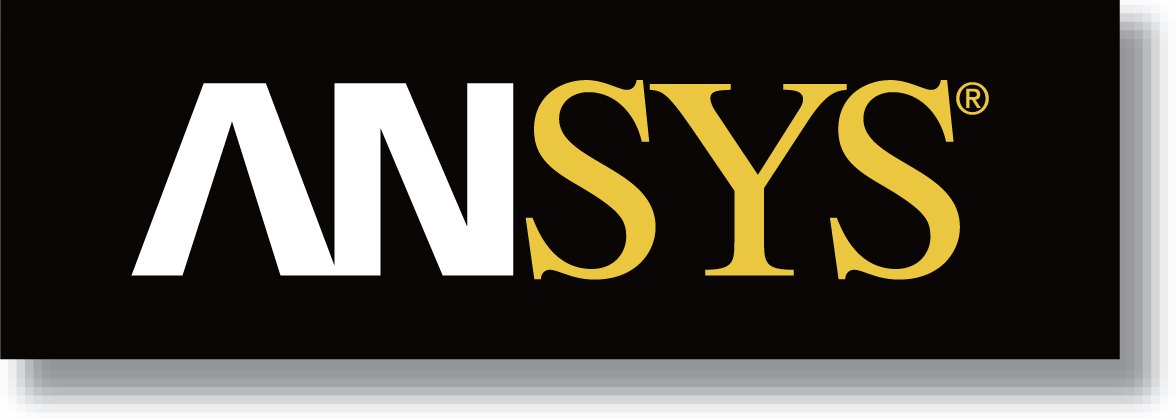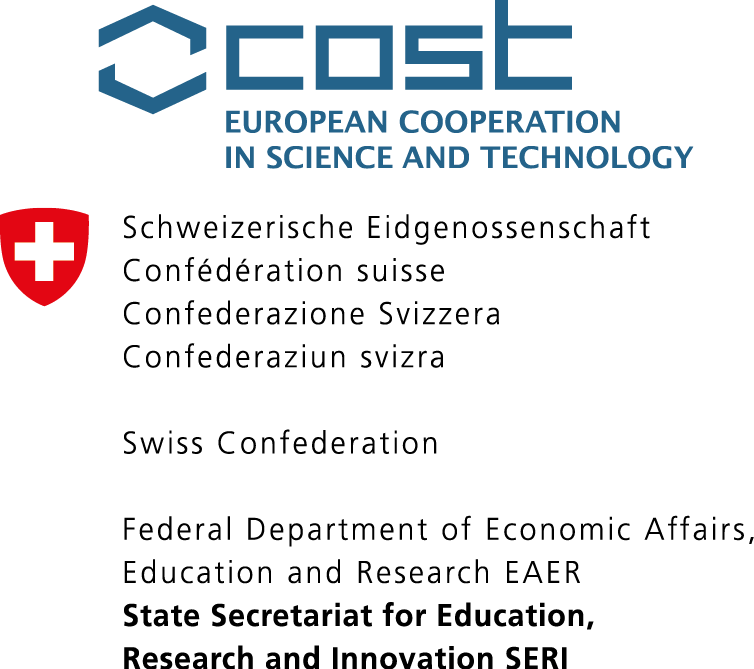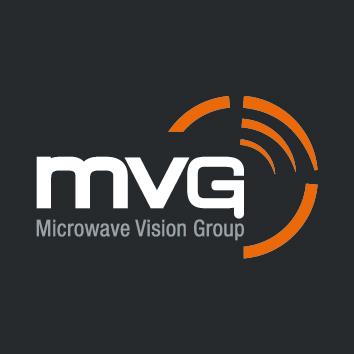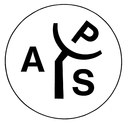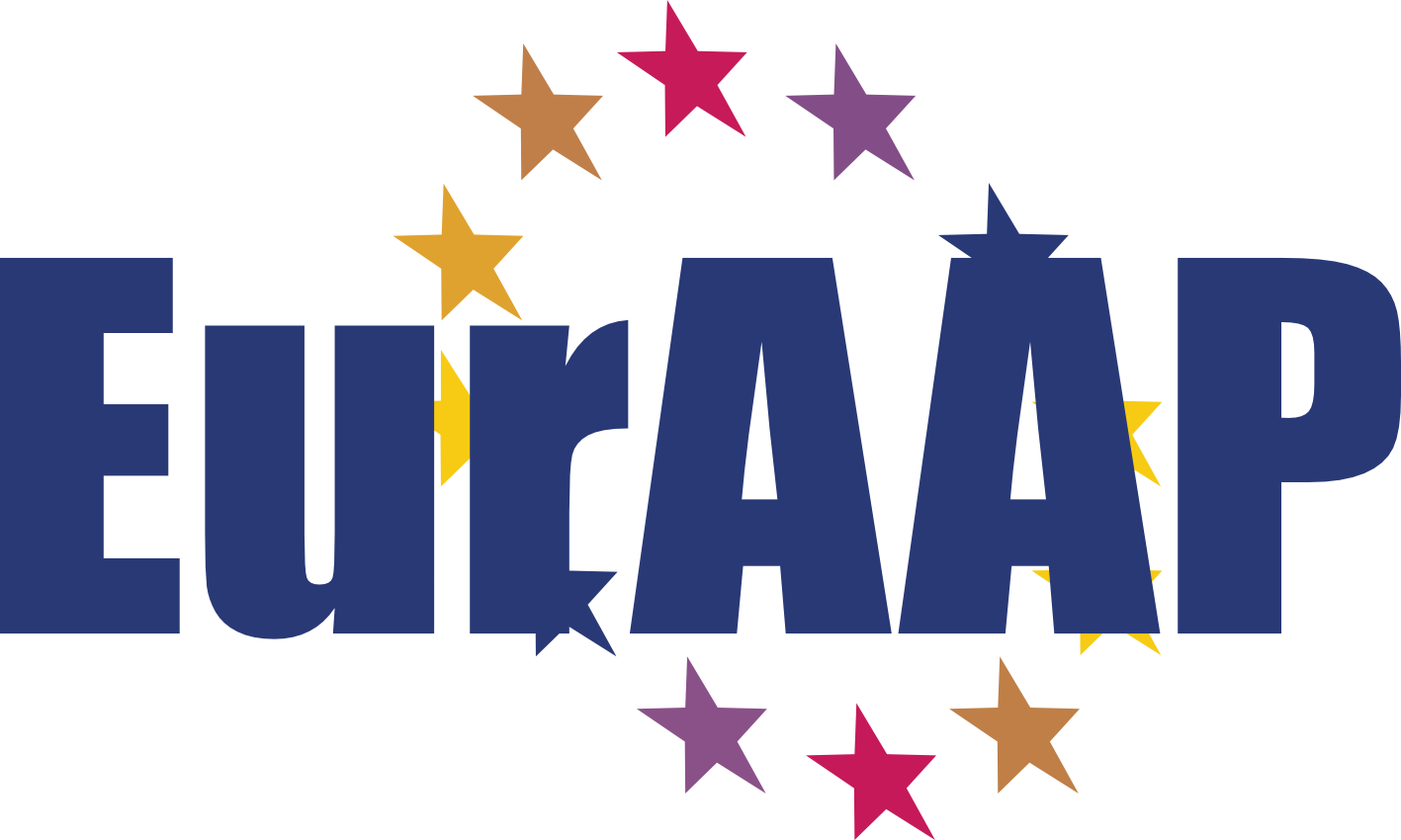SC01: Antennas and Materials in the Electromagnetic Near-Field Regime: Theory and Applications
Said Mikki

Yahia Antar

Dr. Antar is a Fellow of the Engineering Institute of Canada (FEIC) and the Electromagnetic Academy. He was elected by the Council of the International Union of Radio Science (URSI) to the Board as Vice President in August 2008, and to the IEEE Antennas and Propagation Society Administration Committee in December 2009. On January 31 2011, he was appointed Member of the Defence Science Advisory Board Coordinating Committee (DSAB). He is an Associate Editor (Features) of the IEEE Antennas and Propagation Magazine and has served as an Associate Editor of the IEEE TRANSACTIONS ON ANTENNAS AND PROPAGATION and IEEE ANTENNAS AND WIRELESS PROPAGATION LETTERS. He is a member of the Editorial Board of the International Journal of RF and Microwave Computer-Aided Engineering. In May 2002, he was awarded a Tier 1 Canada Research Chair in Electromagnetic Engineering, which was renewed in 2009.
Abstract
Course outline
- General Introduction and historical motivation: Why NF engineering now?
- An Introduction to Near Field Theory (New Foundations, which include Spatial and Spectral Theories.)
- A New Look at EM Energy (reactive, localized, and stored energies).
- Analysis of Near-Field Interactions Using the Antenna Current Green’s Function Method: Theory, physics, implementation, and examples.
- NF Engineering and Electromagnetic Mutual Coupling: Theory and methods
- The Design and Development of NF Devices: Basic Principles and Examples:
- Design of NF synthesis arrays.
- The physics and requirements of NF matching.
- Nonlocal Metamaterials (MTMs) and NF Engineering of Energy in the Near Zone:
- Theory and Prospects of Realization of new MTMs.
- Applications for energy control and transfer.
- Comparison between conventional MTM and the new generation of nonlocal MTMs.
- Near Field Engineering and Nanotechnology: Overview on nano-electromagnetics in light of Near-Field Engineering.
The short course will address engineers, scientists, industry representatives who are looking for methods and techniques capable of dealing with the increasingly important problem of measuring the performance of systems embedded into complicated and changing near-field environments. We will provide hints about how the new measurement methods can be developed based on our research, which has been concerned with fundamentals and foundations of the relevant theoretical, experimental, and computational methods. Moreover, the survey of the theoretical part will stimulate the interest of researchers looking for solutions to outstanding problems such as stored energy, mutual coupling compensation, and synthesis algorithms.
